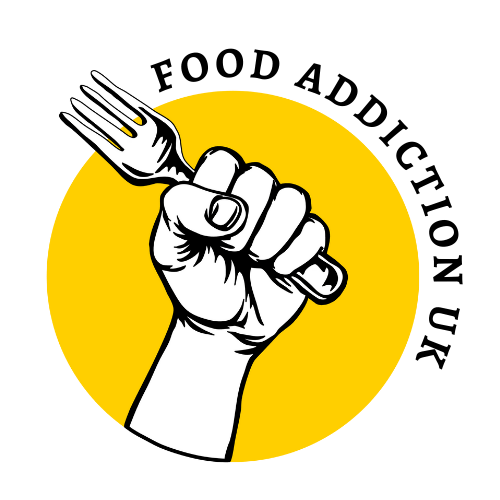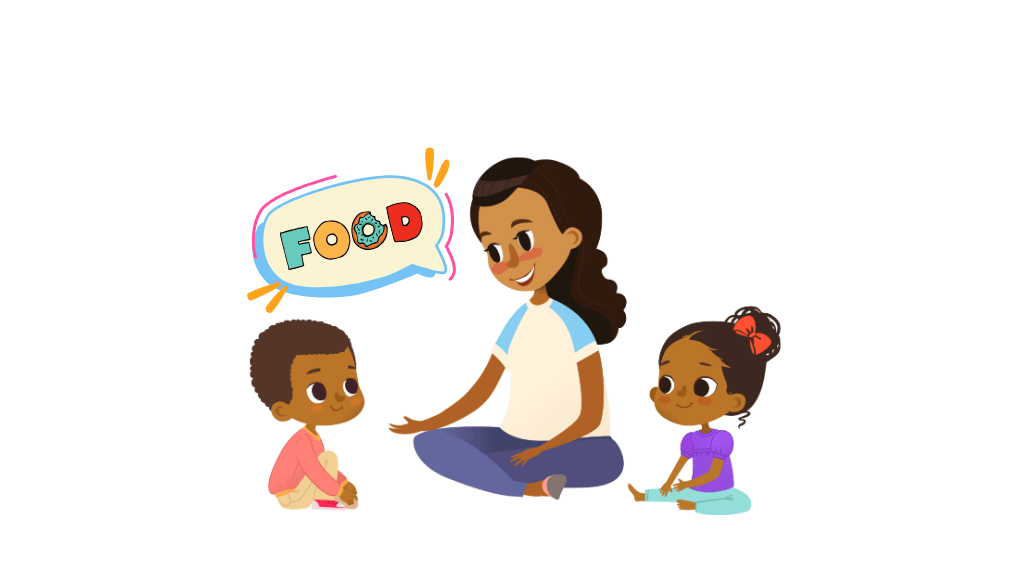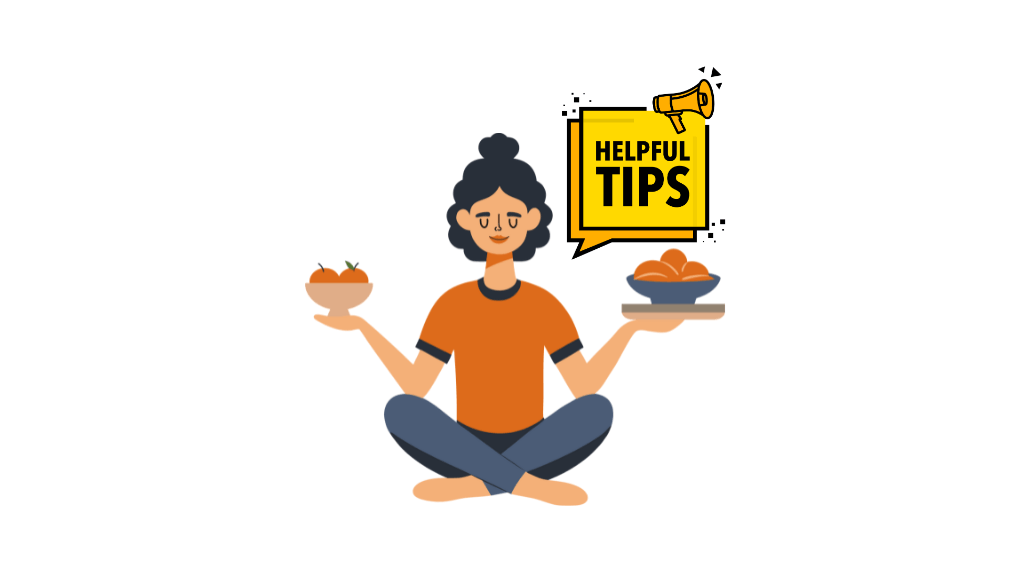The Role of Therapy in Food Addiction Recovery: Exploring the Options
When it comes to recovering from food addiction, therapy can be a life-changing tool, not because it “fixes” you, but because it helps you understand yourself. Food addiction isn’t just about food. It’s about emotion, coping, trauma, and patterns that often run deep. And therapy creates a safe space to unpack all of that, gently, gradually, and with support.
If you’ve ever felt overwhelmed, ashamed, or stuck in cycles of restriction, or emotional eating, therapy can be the compassionate anchor that helps you break free. But with so many different types of therapy out there, how do you know which one is right for you?
Let’s walk through the different therapeutic options and explore how each one can support your recovery journey.
Why Therapy Matters in Food Addiction Recovery
Many people struggle with food addiction try diet after diet, or rely solely on willpower. But what often goes unaddressed is why we turn to food in the first place. Therapy helps uncover:
The emotional drivers behind compulsive eating
The root of negative self-beliefs
Coping mechanisms developed in childhood or during stressful periods
Trauma, anxiety, or depression that may be fuelling the addiction
It’s not just about managing behaviour, it’s about understanding your story. And once you begin to connect the dots, healing becomes possible.
1. Cognitive Behavioural Therapy (CBT)
Best for: Identifying thought patterns and changing behaviours.
CBT is one of the most commonly used therapies for food addiction, and for good reason. It helps you become aware of the thoughts and beliefs that trigger overeating or restriction and teaches you how to reframe them.
You might explore:
The all-or-nothing thinking that leads to overeating after one “off-plan” snack
Emotional triggers like stress, loneliness, or boredom
Self-critical thoughts like “I’ve failed again” or “I have no control”
With the help of a therapist (or through structured self-help CBT programmes), you’ll build strategies to respond differently to urges and replace shame with more helpful thinking.
2. Dialectical Behavioural Therapy (DBT)
Best for: Managing intense emotions and improving distress tolerance.
If you find yourself eating impulsively in response to strong emotions, whether it’s anger, anxiety, sadness, or panic, DBT might be a helpful path. This therapy focuses on:
Mindfulness (staying grounded in the present moment)
Emotional regulation (understanding and naming your emotions)
Distress tolerance (riding the wave of an urge without acting on it)
DBT can be especially effective if your relationship with food is tied to trauma or emotional dysregulation.
3. Psychodynamic or Insight-Oriented Therapy
Best for: Exploring your past to understand present behaviours.
Sometimes, our eating patterns are deeply tied to our early experiences - family dynamics, unmet needs, or even learned beliefs about worth, control, or safety. In psychodynamic therapy, you work with a therapist to explore the unconscious drivers of your behaviour. It’s a slower, reflective process that can lead to long-term shifts in self-awareness and self-compassion. This might be for you if you’ve noticed patterns repeating, even when you know what to do, or if you feel stuck in shame and don’t know why.
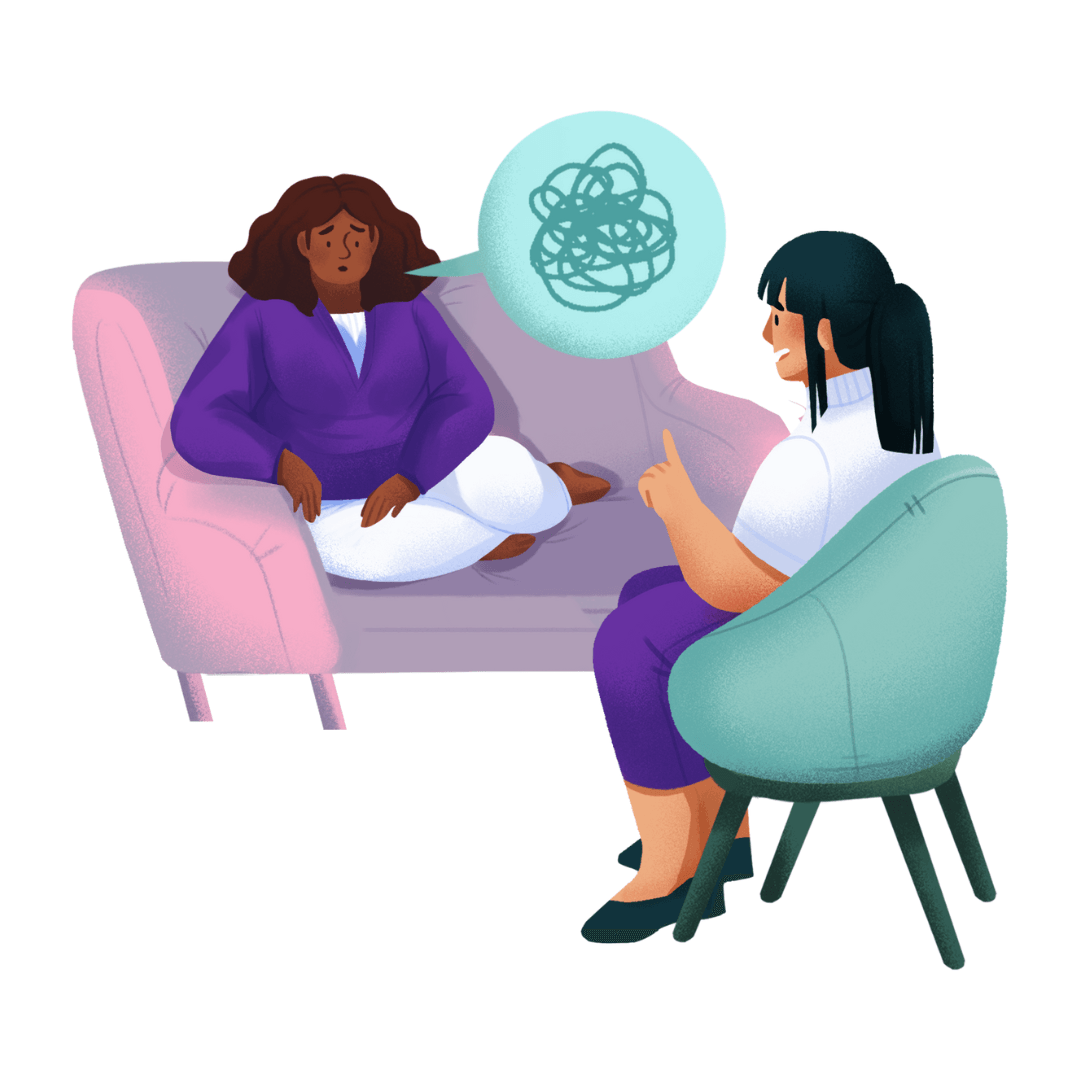
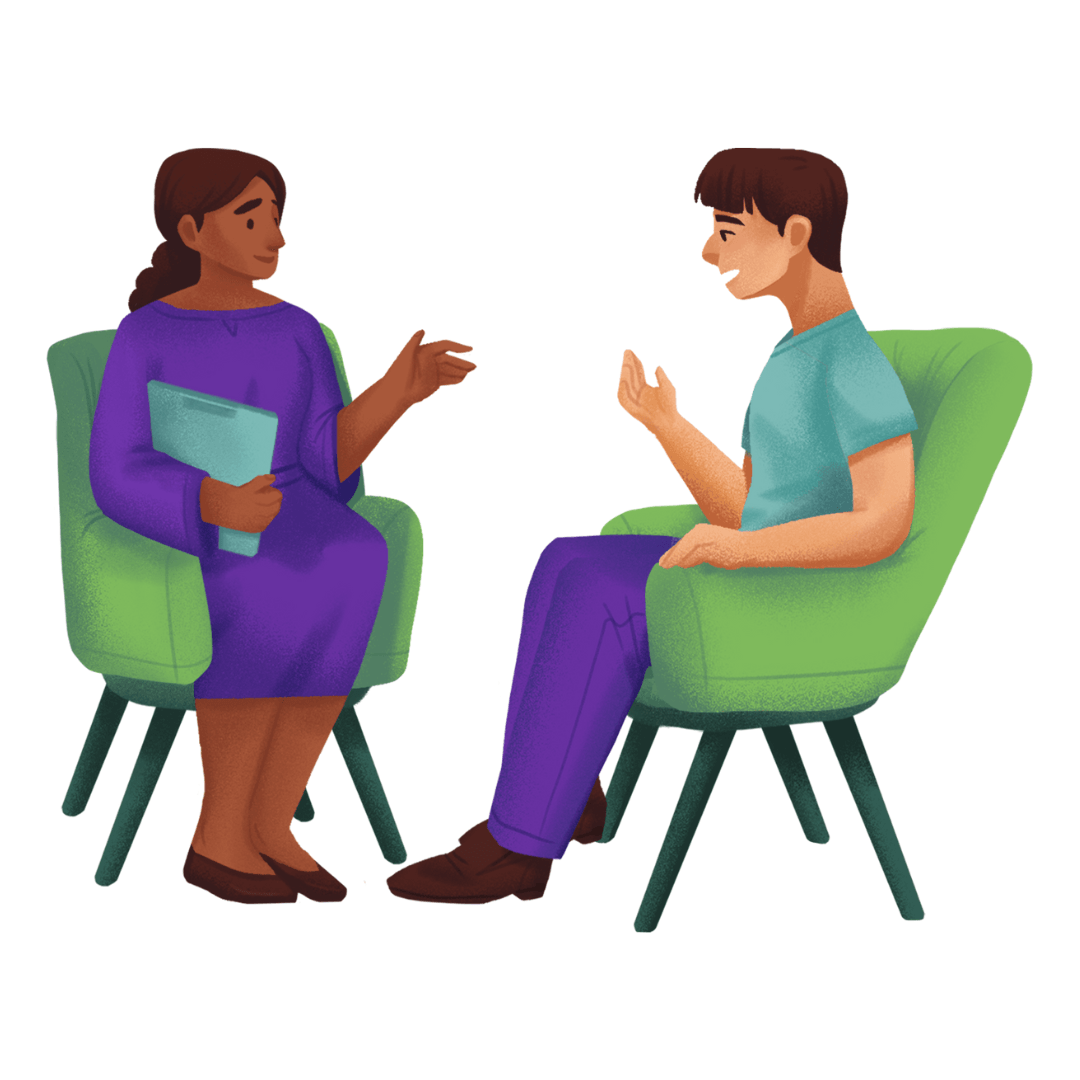
4. Trauma-Informed Therapy
Best for: Those with a history of trauma, abuse, or neglect.
If your relationship with food has been shaped by trauma, whether emotional, physical, or sexual, it’s crucial to work with someone who understands this. Trauma-informed therapy helps you feel safe in your own body again, and may include:
Somatic (body-based) work
EMDR (Eye Movement Desensitisation and Reprocessing)
Inner child work
Grounding techniques
This approach validates that food may have once been a lifeline or survival tool, and helps you gently untangle those connections.
5. Group Therapy or Support Groups
Best for: Shared understanding and community support.
Sometimes the most healing thing is knowing that you’re not alone. Group therapy (led by a therapist) or peer-led support groups can provide connection, accountability, and insight from others who truly get it.
In group setting, you may:
Share personal experiences or struggles
Practice new coping strategies
Feel seen and supported without judgement
At Food Addiction UK, we see time and again how powerful community can be in breaking isolation and building resilience.
6. Integrative or Holistic Therapy
Best for: A personalised approach that honours the mind-body connection.
Some therapist blend multiple modalities, combining CBT, mindfulness, somatic practices, and even spiritual guidance, to tailor support based on your unique needs. This might include:
Breathwork or body awareness
Lifestyle coaching and goal-setting
Gentle movement and nervous system support
It’s particularly helpful if you want a well-rounded approach that addresses emotional, physical, and psychological wellbeing.
How to Choose the Right Therapy for You
It’s okay if you’re not sure where to start. Here are a few tips:
Ask yourself what you’re struggling with most right now. Is it overeating? Emotional eating? Guilt? Body image? A therapist can help you explore from there.
Think about the type of support that feels safest. Do you want someone to guide you gently through the past, or someone to give you practical strategies right now?
Consider affordability and accessibility. Many therapist offer sliding scales, and online options are increasingly available.
Final Thoughts: You Don’t Have to Do This Alone
Recovery from food addiction isn’t a straight line, it’s a journey. And therapy is one of the most powerful tools to walk that journey with more clarity, compassion, and support. Whether you’re just beginning or you’ve been on this path for years, therapy can help you make sense of your experiences, reconnect with your body, and move forward in ways that feel more peaceful. You are not broken. You are human. And support is always available.
Copyright © 2025 · Food Addiction UK

